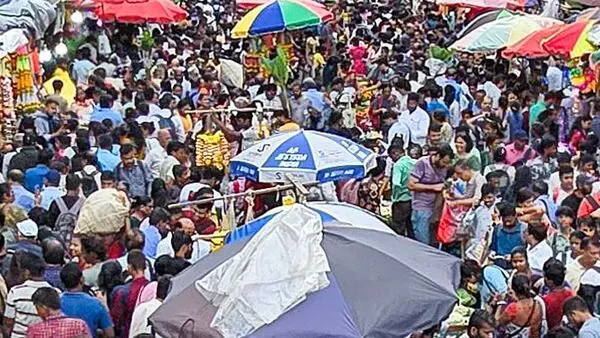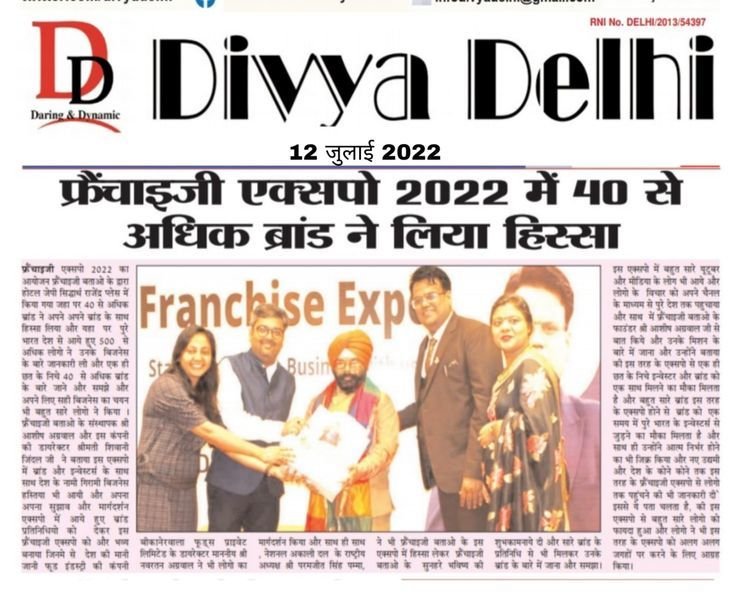
Divya Delhi: The government claims India is the world's fastest-growing economy, yet a research says 90% of residents lack discretionary purchasing power. Only 10% of Indians consume, and most live in poverty. In other words, 90% of people cannot afford their desires or non-essential expenses. A limited group of discretionary spenders employ online payment solutions like the UPI. The poor-rich divide and concentration of wealth in a few people are also changing the Indian economy by causing major corporations to focus on luxury products to satisfy wealthy consumers. Instead of mass-market products, the corporations focus on costlier, updated products for the wealthy to drive growth. However, the “experience economy” is booming. This sector includes Coldplay, Ed Sheeran, and Diljeet Dosanjh concertgoers who allegedly spent lakhs of rupees. About 300 million Indians in this class. The “experienc economy” is driving branded goods sales. Blume Ventures found that India's consuming class is "deepening" rather than "widening". It means rich people in Asia's third-largest economy are getting richer, not more wealthy. The analysis also supports the long-held belief that India's post-pandemic recovery has been K-shaped, with the rich getting richer and the poor losing most of their purchasing power. The rich-poor split has grown as the wealthiest 10% of Indians own 57.7% of national income, up from 34% in 1990.The lower half of the population's share of national income has dropped from 22.2% to 15%. Affordable housing accounts for 18% of India's market, down from 40% five years ago, indicating a decline in popular purchasing power. This newest consumption downturn has devastated the purchasing power of the public, reduced financial reserves, and increased indebtedness, according to the Indus Valley Annual Report 2025. The Reserve Bank of India criticized commercial banks for providing easy unsecured loans to boost demand after the COVID-19 outbreak. Marcellus Investment Managers found that "the middle 50% of India's tax-paying population has seen its income stagnate in absolute terms over the past decade." This means actual income adjusted for inflation halves.”
- Education(148)
- India(771)
- Entertainment(399)
- Sports(272)
- Business(226)
- Bollywood Hollywood(95)
- International(196)
- Life & Style(91)
- Opinion(139)
- Educational(5)
- Crime(7)
- Technical(6)
- World(18)


